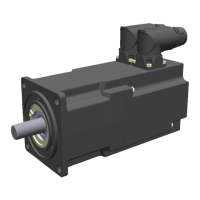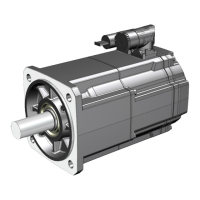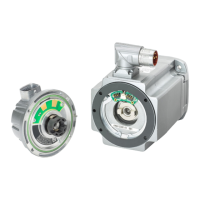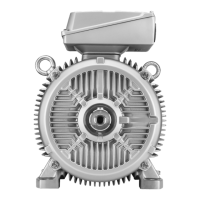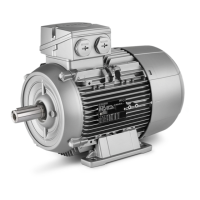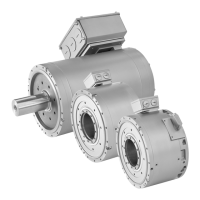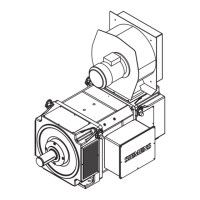Configuration
5.2 Procedure when engineering
S-1FT7 synchronous motors
108 Configuration Manual, 09/2018, A5E45099423B AA
Procedure when engineering
Motion control
Drives are optimized for motion control applications. They execute linear or rotary
movements within a defined movement cycle. All movements should be optimized in terms
of time.
As a result, drives must meet the following requirements:
● High dynamic response, i.e. short rise times
● Capable of overload, i.e. a high reserve for accelerating
● Wide control range, i.e. high resolution for precise positioning.
The following table "Configuring procedure" is valid for synchronous and induction motors.
General configuring procedure
The function description of the machine provides the basis when configuring the drive
application. The definition of the components is based on physical interdependencies and is
usually carried out as follows:
Table 5- 2 Configuring procedure
Description of the configuring activity
Clarification of the type of drive
Refer to the
next chapter
2. Definition of supplementary conditions and integration into an automation
3. Definition of the load, calculation of the maximum load torque and selection
Selection of the SINAMICS Motor Module
Refer to
catalog
Steps 3 and 4 are repeated for additional axes
6. Calculation of the required DC link power and selection of the SINAMICS
Selection of the line-side options (main switch, fuses, line filters, etc.)
8. Specification of the required control performance and selection of the Control
Unit, definition of component cabling
Definition of other system components (e.g. braking resistors)
10. Calculation of the current demand of the 24 V DC supply for the components
and specification of the power supplies (SITOP devices, Control Supply
Selection of the components for the connection system
Configuration of the drive line-up components
13. Calculation of the required cable cross sections for power supply and motor
Inclusion of mandatory installation clearances
